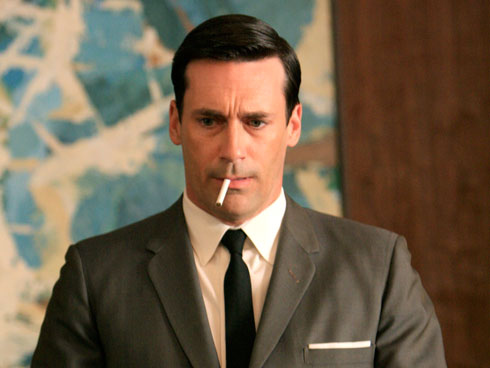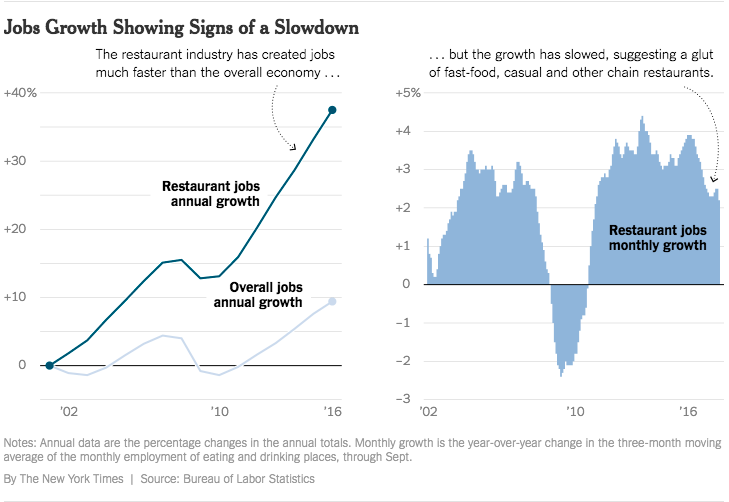Disruption Dominos 2.0: The McClatchy Company (Long CDS Shenanigans)
In “Credit Default Swaps (Long Yield, Baby, Yield),” we discussed credit default swaps and the ongoing battle between hedge funds in the Hovnanian matter.* The Commodity Futures Trading Commission has finally weighed in. There were no minced words:
"The CDS market functions based on the premise that firms referenced in CDS contracts seek to avoid defaults, and as a result, the instruments are priced based on the financial health of the reference entity. However, recent arrangements appear to involve intentional, or ‘manufactured,’ credit events that could call that premise into question. In a public statement dated April 11, 2018, the International Swaps and Derivatives Association’s (ISDA) board of directors criticized manufactured credit events, writing that they ‘could negatively impact the efficiency, reliability, and fairness of the overall CDS market,’ and ISDA’s board indicated that it advised its staff ‘to consult with market participants and advise the Board on whether...amendments to the ISDA Credit Derivatives Definitions should be considered’ to address manufactured credit events.
"Manufactured credit events may constitute market manipulation and may severely damage the integrity of the CDS markets, including markets for CDS index products, and the financial industry’s use of CDS valuations to assess the health of CDS reference entities. This would affect entities that the CFTC is responsible for overseeing, including dealers, traders, trading platforms, clearing houses, and market participants who rely on CDS to hedge risk. Market participants and their advisors are advised that in instances of manufactured credit events, the Divisions will carefully consider all available actions to help ensure market integrity and combat manipulation or fraud involving CDS, in coordination with our regulatory counterparts, when appropriate.”
Better late than never we guess. You’d think they would have awakened to these issues after Codere, Radio Shack, and others. But, hey. Regulators. Enough said.
*****
Enough said, indeed. Query whether the The Commodity Futures Trading Commission will have more to say given the aforementioned “cherry on top” in the McClatchy transaction.
What is the cherry? Well this — per Bloomberg:
It seemed like a sure-fire bet: short the debt of a highly leveraged newspaper company that’s losing money. And for a while, it worked as investors piled up almost $500 million of wagers by buying credit-default swaps on the publisher, McClatchy Co.
That is until hedge fund Chatham Asset Management stacked the deck with a deal that’s threatening to make those swaps all but worthless.
The McClatchy situation is the latest trade that’s drawing jeers from critics who say the $11 trillion CDS market has devolved into a haven for manipulation.
Whoops.
At issue is the “newly established LLC” bit we noted above. As Bloomberg further explains,
Because the new debt would be shifted away from the parent and into the new unit, it’s fueling speculation that the Chatham deal will create what’s commonly known in the CDS world as an orphaned contract. In other words, anyone who bought insurance on a McClatchy default would effectively be paying insurance on an entity with no significant debt.
Which, naturally, begs the question: who is on the other side of the contract? Well, Chatham, of course. Because CDS! There’s no measure of how America has become great again like one fund ripping off other funds. Take a look at this chart:
More from Bloomberg,
Leading up to the deal, Chatham had been selling swaps insuring against a default by McClatchy. So if the transaction were to be completed, it would be getting paid CDS premiums to guarantee against a default that could never technically happen.
“The whole market is losing credibility when you have events like this where you try to trigger the CDS or create orphaning situations,” XAIA’s Felsenheimer said.
Joshua Friedman from Canyon Partners appears to agree that these trades “go beyond the bounds” (video). And, so, people are losing their minds (query whether these same people led to the upsized WeWork debt financing). As always, Matt Levine puts this whole event in perspective,
The thing is, if you bet against McClatchy’s credit by buying CDS on it, you were betting not only that it would have problems with cash flow or whatever, but also that no white knight would come along to keep it afloat until after your CDS expired. A realistic credit analysis asks not only about the company’s own paying capacity but also about its external sources of financing. If you buy five-year CDS on a company, you are betting that it will default on its debt within five years. If the next day a deep-pocketed shareholder (Chatham owns 19.8 percent of McClatchy) refinances all of the company’s debt into a seven-year zero-coupon bond—or a seven-year PIK-toggle bond, or whatever, some form of debt that it cannot default on during the life of the CDS—then you have lost your bet. But you weren’t cheated out of your bet or anything. You just bet that the credit would implode, and then it didn’t.
He’s right. And in the absence of regulators paying more attention to CDS work-arounds, this will be just one more needle in a stack of perceived-manipulated-needles.
*Yesterday, Hovnanian upheld its end of the bargain with GSO by skipping its interest payment.




















